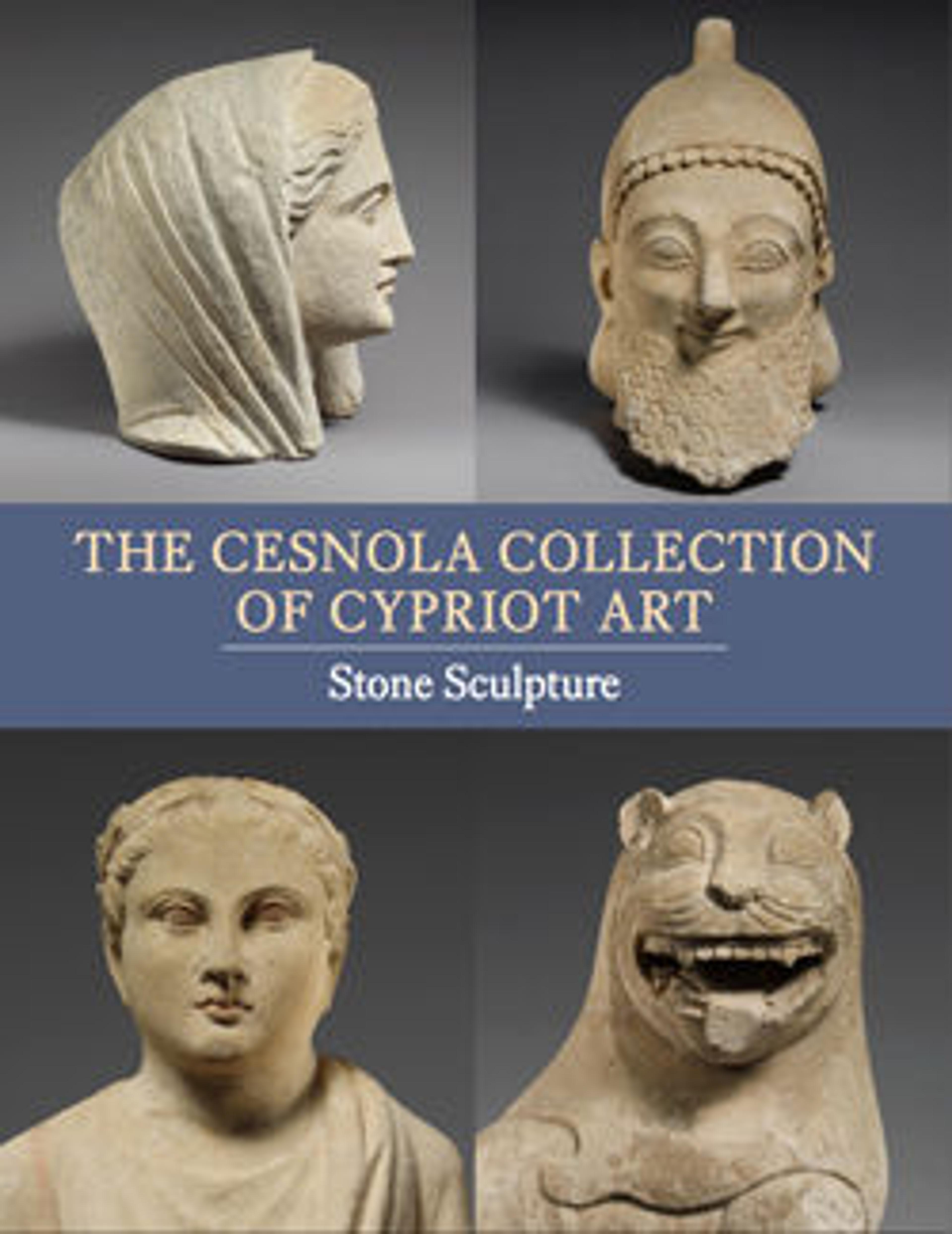Limestone male figure in Egyptian dress
The figure wears the double crown of Egypt with the uraeus (sacred asp) in front, a three-row pectoral, a fringed kilt whose central panel is decorated with two uraei, and a link belt. He probably represents and was dedicated as a worshiper; his pose, with one arm bent across the chest, is typical of such figures. Remarkably, Egyptian sculpture was not imported into Cyprus. However, Egyptian influence on the island began in the Late Bronze Age (ca. 1600–1050 B.C.) and was reinforced by Phoenician imports. Only after Egypt took control of Cyprus in about 570 B.C. did details such as the double crown appear in sculpture.
Artwork Details
- Title: Limestone male figure in Egyptian dress
- Period: Archaic
- Date: 3rd quarter of the 6th century BCE
- Culture: Cypriot
- Medium: Limestone
- Dimensions: 51 1/4 × 22 × 12 in., 264 lb. (130.2 × 55.9 × 30.5 cm, 119.7 kg)
- Classification: Stone Sculpture
- Credit Line: The Cesnola Collection, Purchased by subscription, 1874–76
- Object Number: 74.51.2472
- Curatorial Department: Greek and Roman Art
More Artwork
Research Resources
The Met provides unparalleled resources for research and welcomes an international community of students and scholars. The Met's Open Access API is where creators and researchers can connect to the The Met collection. Open Access data and public domain images are available for unrestricted commercial and noncommercial use without permission or fee.
To request images under copyright and other restrictions, please use this Image Request form.
Feedback
We continue to research and examine historical and cultural context for objects in The Met collection. If you have comments or questions about this object record, please contact us using the form below. The Museum looks forward to receiving your comments.
